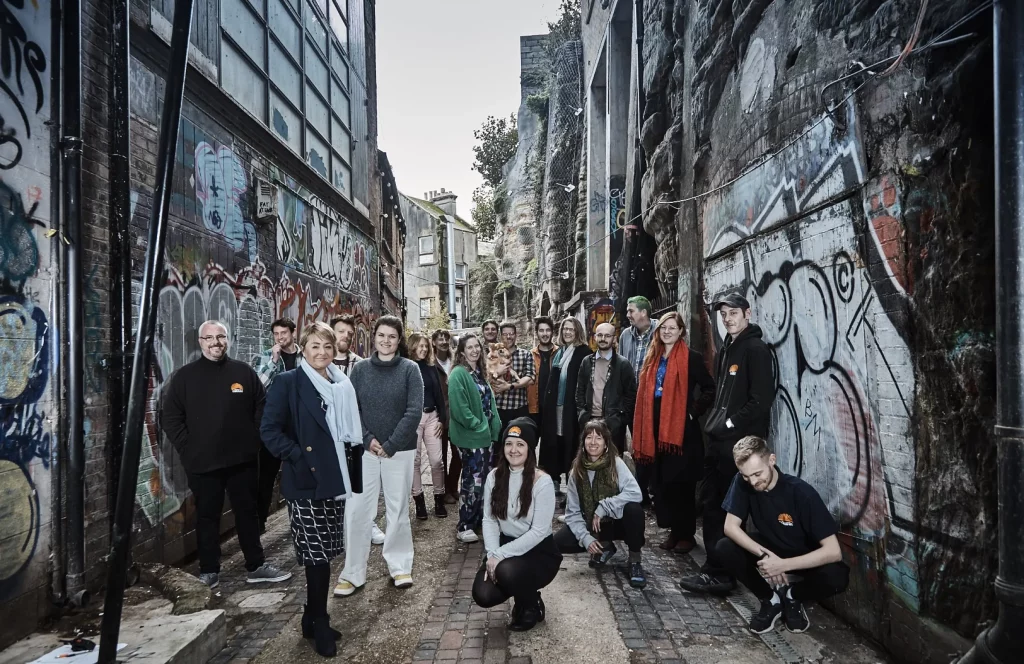After the 2008 Wenchuan Earthquake, Da Ping Village in Sichuan, China, was rebuilt with support from the Green Building Research Centre (GBRC). The project aimed to create a sustainable village by improving housing, infrastructure, economy, and the environment. Over 200 houses and 11 public buildings were rebuilt using traditional methods and eco-friendly materials. Local residents were involved in the process, and a village organisation was created to focus on long-term issues like local farming, ecological industries, and ongoing environmental management.
The reconstruction was done with the goal of creating a more harmonious relationship between the village and its environment. The project used a modular design for houses, with flexible layouts that allowed for variations in size based on family needs. Local materials such as timber and bamboo were used, and reusable materials from the damaged buildings were salvaged. Costs were kept low—around $76 per square meter—due to local labour and materials. Half of the costs were funded by residents, with the other half covered by the local government and international aid.
The village has also developed eco-businesses, like organic farming and handicrafts, and a community centre that provides training in agriculture, construction, and health. The project has had a positive impact on the local economy and social well-being. It also promoted environmental sustainability, reducing carbon emissions and using renewable energy sources like biogas.
While the project faced initial resistance to new building methods, intense community involvement helped the villagers accept and adapt to the changes. The project’s success has led to its replication in other regions of China, with plans for further development based on the same principles.

Sustainable Village – Post-earthquake Reconstruction and Rehabilitation in Da Ping Village, Sichuan
Green Building Research Centre (GBRC)










